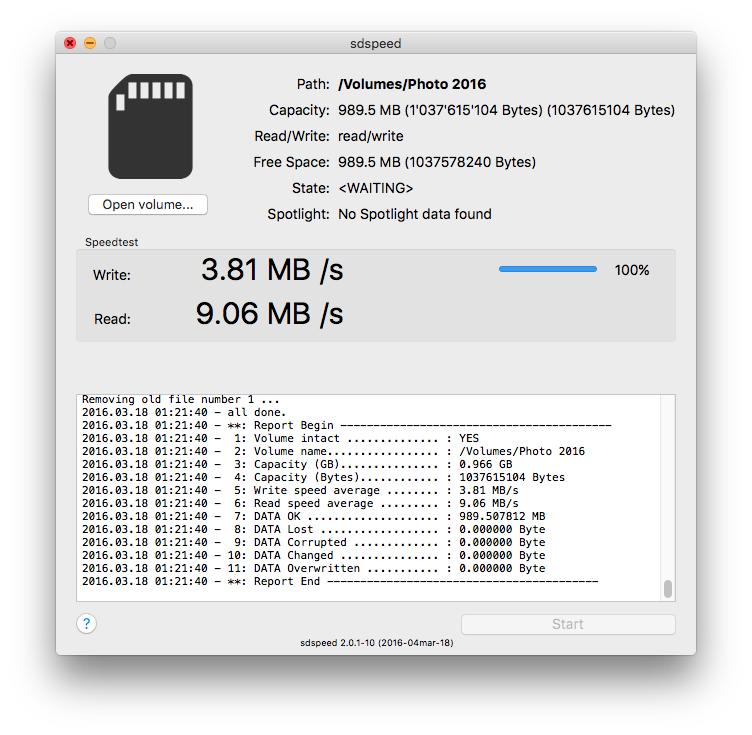Speed Link Pdr3 Software Testing
Jan 25, 2016. During this lab the team learned that it should use gravity as much as possible to minimize the energy consumption of the AEV as it navigates the course. The team will do this by only running the motors when the AEV is going up an incline or after the AEV makes a stop. The team also learned that the AEV. Jan 24, 2008. As multidrug-resistant pdr1 and pdr3 gain-of-function mutants overexpress both drug efflux pumps (Balzi et. Was usually used to test petite growth phenotype (Sang- lard et al., 2001; Tsai et al., 2006) (data not. Azole-resistant C. Glabrata cells was linked with upregu. Role of CgSNQ2 in C. Glabrata azole. Dec 17, 2012. Quantitative data were compared by a nonparametric Mann Whitney U test. Microarray results were analyzed with GeneSpring 11GX application. Matrix plot of normalized log-intensities visualized the degree of differentiation between muscular tissue transcriptomes of JIS and AIS group.

In finance, a foreign exchange option (commonly shortened to just FX option or currency option) is a derivative financial instrument that gives the right but not the obligation to exchange money denominated in one currency into another currency at a pre-agreed exchange rate on a specified date.[1] See Foreign exchange derivative. The foreign exchange options market is the deepest, largest and most liquid market for options of any kind. Most trading is over the counter (OTC) and is lightly regulated, but a fraction is traded on exchanges like the International Securities Exchange, Philadelphia Stock Exchange, or the Chicago Mercantile Exchange for options on futures contracts. The global market for exchange-traded currency options was notionally valued by the Bank for International Settlements at $158.3 trillion in 2005 For example, a GBPUSD contract could give the owner the right to sell?1,000,000 and buy $2,000,000 on December 31. In this case the pre-agreed exchange rate, or strike price, is 2.0000 USD per GBP (or GBP/USD 2.00 as it is typically quoted) and the notional amounts (notionals) are?1,000,000 and $2,000,000. This type of contract is both a call on dollars and a put on sterling, and is typically called a GBPUSD put, as it is a put on the exchange rate; although it could equally be called a USDGBP call. If the rate is lower than 2.0000 on December 31 (say 1.9000), meaning that the dollar is stronger and the pound is weaker, then the option is exercised, allowing the owner to sell GBP at 2.0000 and immediately buy it back in the spot market at 1.9000, making a profit of (2.0000 GBPUSD? Autodesk 3ds Max 2011 64 Bit Crack Download.
1.9000 GBPUSD)? 1,000,000 GBP = 100,000 USD in the process. If instead they take the profit in GBP (by selling the USD on the spot market) this amounts to 100,000 / 1.9000 = 52,632 GBP. Buku Jakarta Undercover Pdf Free. Although FX options are more widely used today than ever before, few multinationals act as if they truly understand when and why these instruments can add to shareholder value. To the contrary, much of the time corporates seem to use FX options to paper over accounting problems, or to disguise the true cost of speculative positioning, or sometimes to solve internal control problems. The standard clich? About currency options affirms without elaboration their power to provide a company with upside potential while limiting the downside risk.
Options are typically portrayed as a form of financial insurance, no less useful than property and casualty insurance. This glossy rationale masks the reality: if it is insurance then a currency option is akin to buying theft insurance to protect against flood risk.
The truth is that the range of truly non-speculative uses for currency options, arising from the normal operations of a company, is quite small. In reality currency options do provide excellent vehicles for corporates' speculative positioning in the guise of hedging.
Corporates would go better if they didn't believe the disguise was real. Let's start with six of the most common myths about the benefits of FX options to the international corporation -- myths that damage shareholder values. Historically, the currency derivative pricing literature and the macroeconomics literature on FX determination have progressed separately. In this Chapter I argue the joint study of these two strands of literature and give an overview of FX option pricing concepts and terminology crucial for this interdisciplinary study.
I also explain the three sources of information about market expectations and perception of risk that can be extracted from FX option prices and review empirical methods for extracting option-implied densities of future exchange rates. As an illustration, I conclude the Chapter by investigating time series dynamics of option-implied measures of FX risk vis-a-vis market events and US government policy actions during the period January 2007 to December 2008.
Chapter 2: This Chapter proposes using foreign exchange (FX) options with different strike prices and maturities to capture both FX expectations and risks. We show that exchange rate movements, which are notoriously difficult to model empirically, are well-explained by the term structures of forward premia and options-based measures of FX expectations and risk.
Comments are closed.